Privacy Overview
This website uses cookies so that we can provide you with the best user experience possible. Cookie information is stored in your browser and performs functions such as recognising you when you return to our website and helping our team to understand which sections of the website you find most interesting and useful.
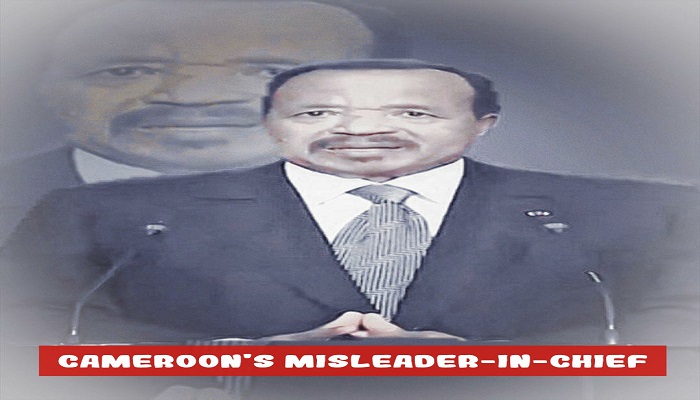
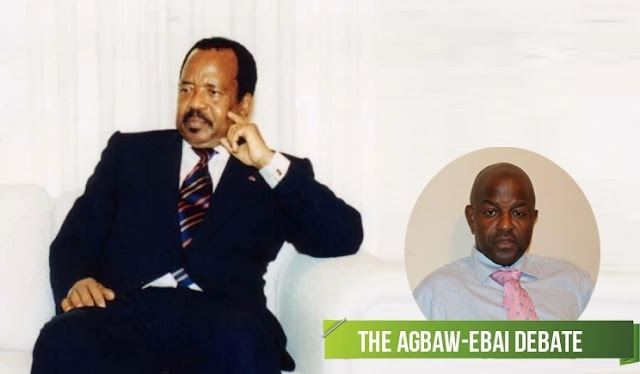
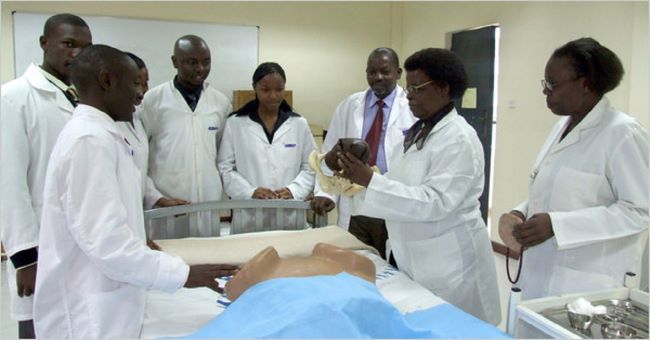









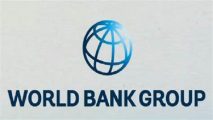



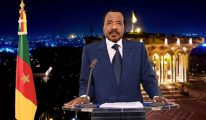

27, June 2023
Cameroon is the biggest energy provider in Sub Saharan Africa 0
Cameroon remains the largest energy supplier in the Cemac region, with a total installed capacity of 1,750 MW, equivalent to the combined capacities of Congo, Gabon, and E. Guinea.
In a special report focused on energy access in sub-Saharan Africa, the United Nations Conference on Trade and Development revealed that the country holds the largest share of installed power in the Cemac region, accounting for 48% of the total capacity of 3,700 MW. Gabon follows with 780 MW, representing 21% of the sub-regional total, ahead of Congo with 640 MW (18%), and Equatorial Guinea with 350 MW (10%). These figures imply that the capacity of the Songloulou hydroelectric dam (384 MW) in Cameroon surpasses that of Equatorial Guinea as a whole.
Despite this lead over other Cemac countries, Cameroon still faces significant challenges in providing efficient electricity access to its entire population. To address this issue, the country has undertaken multiple energy projects in recent years. As a result, all turbines of the Nachtigal dam (420 MW) are set to be operational by 2024. This single infrastructure project will then account for nearly 66% of Congo’s current total capacity and about 54% of Gabon’s.
However, compared to other African countries with the same level of development, Cameroon is behind. For example, Côte d’Ivoire has an installed capacity of 2,230 MW, 480 MW more than its Central African peer. This means that even the full commissioning of its Nachtigal dam will not bring Cameroon to the same level as Côte d’Ivoire. Also, around 10% of Côte d’Ivoire’s electricity production is exported to other West African countries (Ghana, Togo, Benin, Burkina Faso, Mali, and Liberia, notably), whereas Cameroon often finds itself in production deficits of up to 100 MW at certain times of the year, according to its power utility Eneo. Similarly, the Central African country is only aiming for a capacity of 5,000 MW by 2030, while its West African counterpart rather eyes 6,000 MW.
The major barrier to a developed electricity sector, according to Cameroonian authorities, is the lack of financial resources to carry out projects and the shortcomings in the country’s energy policy. Yet, the country boasts the third largest hydroelectric potential in sub-Saharan Africa (12,000 MW), behind the Democratic Republic of Congo and Ethiopia.
Source: Business in Cameroon